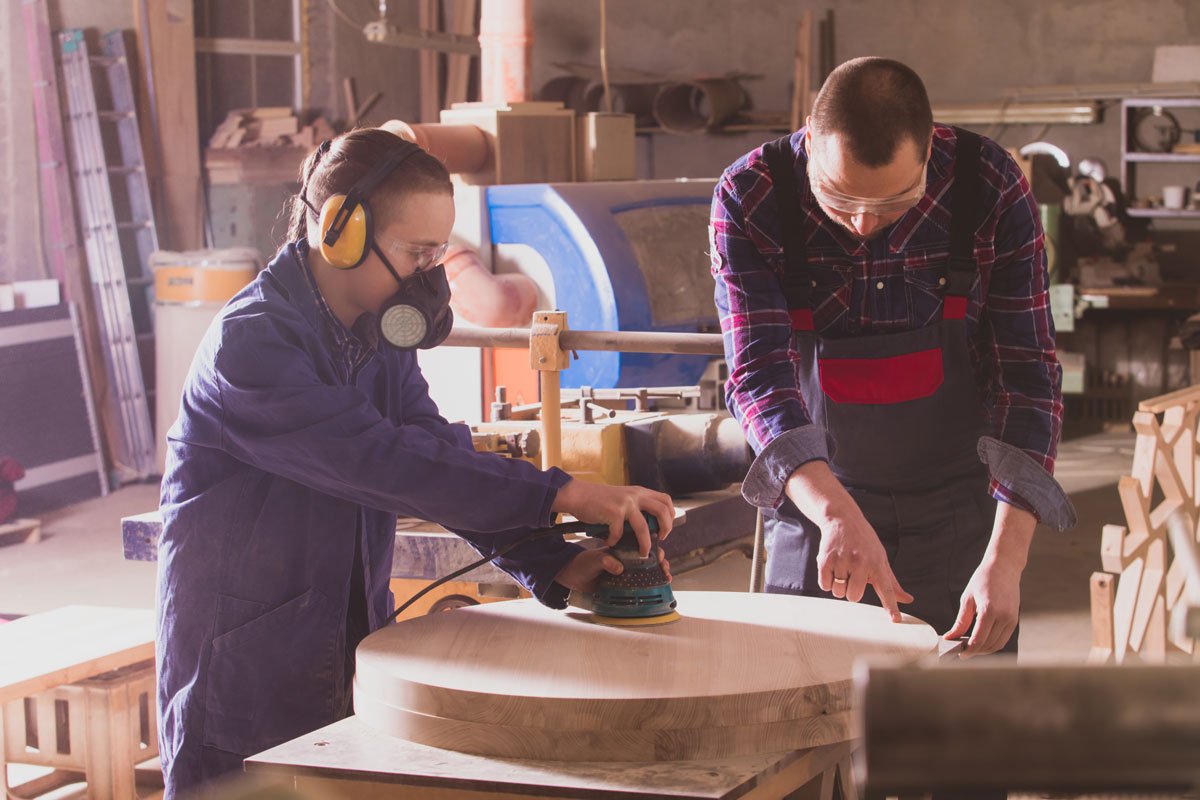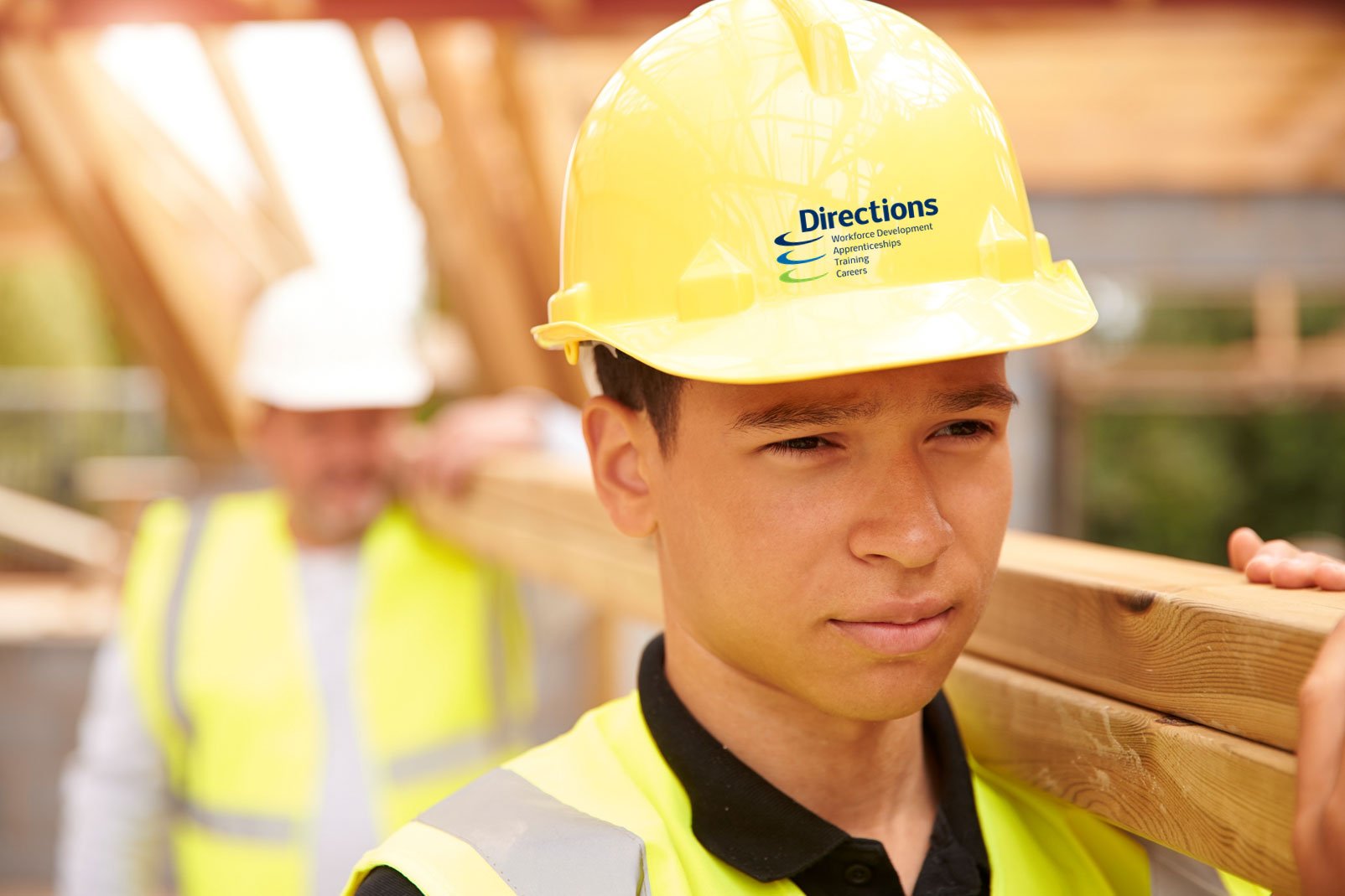About Carpentry & Joinery
Working as a Carpenter you will construct, erect, install, finish and repair structures and fixtures using timber and non-timber products. Carpenters can work in residential and/or commercial settings, on constructions sites and in factories and workshops. You will be able to operate carpentry tools, machines and other equipment, read and interpret plans, and comply with relevant building and safety codes.
If you work as a Commercial Carpenter, you can be a key player in the construction of high end complex commercial or industrial builds, and/or fit outs. You will also work with non-wood materials which include steel and concrete
The training
To become a trade certified Carpenter, you generally complete an apprenticeship in carpentry and joinery which results in a Certificate III in Carpentry & Joinery. The apprenticeship usually takes 48 months to complete.
The apprenticeship program features on the job training under the supervision of a qualified Carpenter and off the job training at a registered training provider such as a WA TAFE college.
Skills you will learn
During the training program to become a Carpenter, you will learn practical skills and underpinning knowledge. A training program will be created for you that will include such competencies as how to:

Use carpentry tools and equipment
Handle carpentry materials
Carry out general demolition of minor building structures
Carry out setting out
Install flooring systems
Construct and erect wall frames
Construct ceiling frames
Erect roof trusses
Construct pitched roofs
Construct eaves
Install windows and doors
Construct, assemble and install timber external stairs
Install exterior cladding
Install lining, panelling and moulding
Read and interpret plans, specifications and drawings for carpentry work
Erect and dismantle formwork for footings and slabs on ground
Apply basic levelling procedures
Erect and dismantle restricted height scaffolding
Work safely at heights
Carry out concreting to simple forms
Work effectively and sustainably in the construction industry
Conduct workplace communication
Carry out measurements and calculations
Perform construction calculations to determine carpentry material requirements
Carry out levelling operations
Apply WHS requirements, policies and procedures in the construction industry
Identify construction work hazards and select risk control strategies
Construct advanced roofs
Frame and fit wet area fixtures
Construct and install bulkheads
Install curtain walling
Operate elevated work platforms up to 11 metres
Assemble partitions
Calculate costs of construction work
Career Pathway examples for Carpentry & Joinery
Please note that programs can vary to some degree and this list is an example only.
| Certificate II | Certificate III | Certificate IV | Diploma | Advanced Diploma |
|---|---|---|---|---|
| Builder’s Labourer Carpentry Assistant |
Carpenter Formwork Carpenter Commercial Carpenter |
Builder Site Manager Contract Administrator Building Estimator |
Project Manager Commercial Builder |
Construction Manager |

